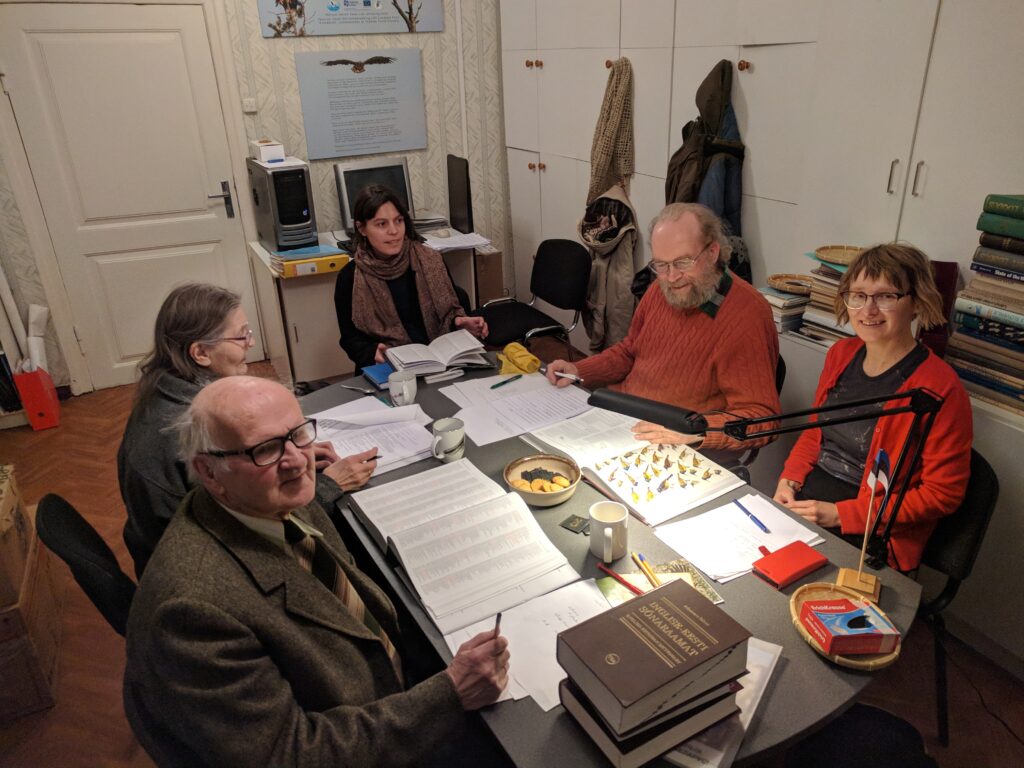How birds of the world get their Estonian names
Blog post by Elle-Mari Talivee, project Envirocitizen. May 2021

I have been a member of this committee for ten years now and, based on my experience, I can say that it is a rather exciting challenge. The purpose of this committee is to give each of the 11000 bird species in the world an Estonian name. Two-thirds of them already have them by now – have a look at our database: Estonian names for birds of the world.
Members of the committee have different backgrounds but are all united by an interest in birdwatching. It’s run by Eerik Leibak from The Estonian Fund for Nature, one of the restorers of the Estonian Ornithological Society/BirdLife Estonia in 1991 (when the Estonian Republic was restored). Liis Keerberg is an environmental lawyer and works for the Estonian Fund for Nature. Mihkel Metslaid is an editor of Estonian. Mall Hiiemäe, one of the long-time members, is a folklorist, who has been researching birds in folk religion. I am personally interested in birds in literature. Before the coronavirus pandemic started, BirdLife Estonia held meetings in its office in Karl Ernst von Baer House in Tartu, where we would choose between different names that were proposed earlier by Eerik, argue about how they sounded linguistically, had a look at the photos, compared the names in different languages, and, of course, listened to bird sounds. Since then, we have had to replace the meetings with emails. By the way, translating the names directly from English, German or Spanish is often not a solution, because they are sometimes given by explorers who often drew inspiration from similar local birds in their homeland, while similarities or relations between them are mostly missing.
But why would we need to translate the common names to Estonian? After all, the bird species already have Latin names. Yet, it is not uncommon for the committee to receive requests: for example, there will be a nature documentary on television, and some of the species from Tasmania or a South American jungle would need a name, or an editor of some translated book is sometimes rather surprised to find out that a certain species does not yet have an Estonian name in the database. There must be a chance to reflect everything in the world in one´s mother tongue – this also helps to keep the language alive in the globalising world.
